Introduction
Geometric ceilings have been used in architecture for centuries, from ancient civilizations to modern-day design. These ceilings feature intricate patterns and shapes that create a stunning visual effect. From domes to vaults to coffered ceilings, geometric patterns add a sense of depth and sophistication to any space. In this article, we’ll take a closer look at the history, design, and benefits of geometric ceilings.
A Brief History
Geometric ceilings can be traced back to ancient civilizations such as the Greeks, Romans, and Egyptians. The use of geometric shapes in architecture was heavily influenced by mathematics and philosophy, as they believed that beauty was achieved through harmony and proportion. In the Islamic world, geometric patterns were used extensively in mosque architecture to symbolize the infinite nature of God.
During the Renaissance period, geometric patterns became even more popular in Italy. Architects such as Brunelleschi and Michelangelo used intricate geometric designs in their buildings, including the famed dome of the Florence Cathedral.
In the 20th century, geometric ceilings experienced a resurgence in popularity, particularly in Art Deco and Art Nouveau styles. Today, they can be seen in a variety of architectural styles, from contemporary to traditional.
Design and Patterns
Geometric patterns can be created using a variety of materials, including wood, plaster, metal, and glass. They can be simple or complex, depending on the desired effect.
Some popular geometric patterns include:
Hexagons
Hexagons are six-sided polygons that can be arranged in a variety of ways to create a repetitive pattern. They are often used to create a honeycomb effect, as seen in the Pantheon in Rome.
Octagons
Octagons are eight-sided polygons that can be arranged in a radial pattern to create a stunning effect. They are often used in domes and cupolas, such as the one in the Hagia Sophia in Istanbul.
Squares and Rectangles
Squares and rectangles can be arranged in a variety of ways to create a checkerboard effect, as seen in many coffered ceilings. They can also be arranged in a radial pattern, as seen in the Getty Center in Los Angeles.
The Benefits of Geometric Ceilings
Geometric ceilings offer a variety of benefits, both aesthetic and practical. They add visual interest to a space, creating a focal point that draws the eye upward. They can also create a sense of depth and dimension, making a space appear larger than it actually is.
From a practical standpoint, geometric ceilings can also improve acoustics in a space. The intricate patterns can help to break up sound waves, reducing echoes and improving sound quality.
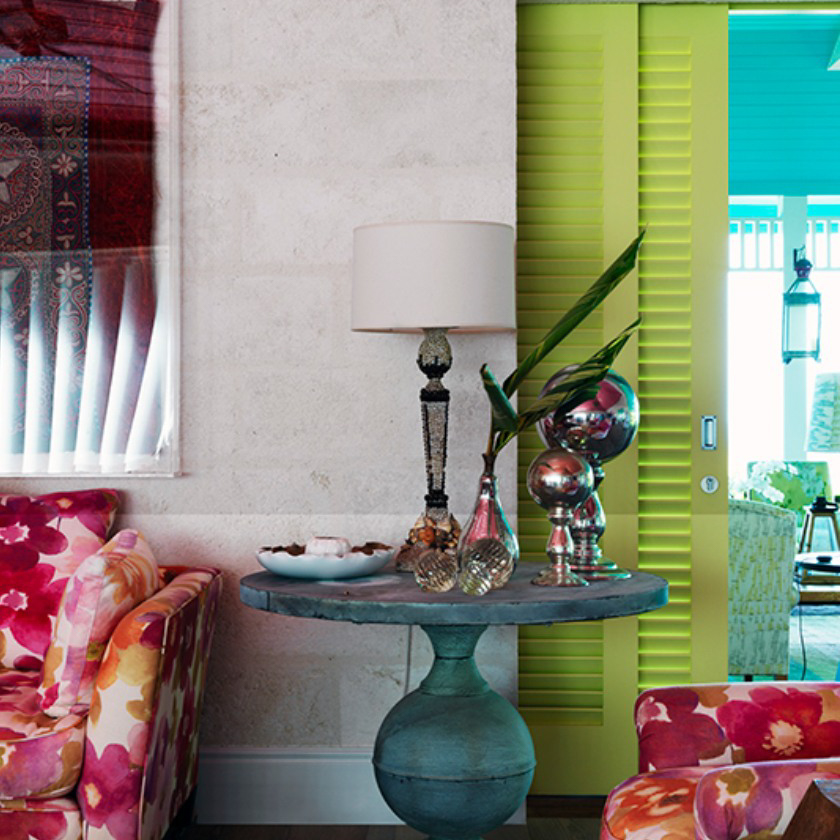
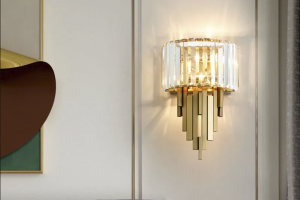
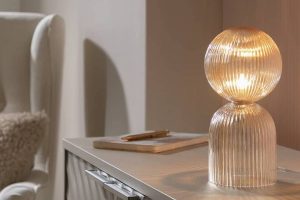
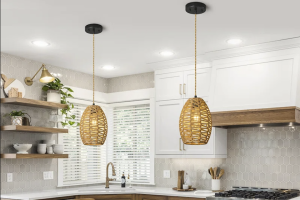
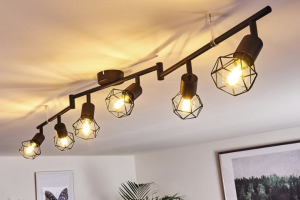
More Posts
Enhance Your Space with a Luxe Crystal Wall Lamp
Enhance Your Study Space with a Retro Glass Cover Table Lamp
Enhance Your Space with Adjustable Pendant Light Fixtures